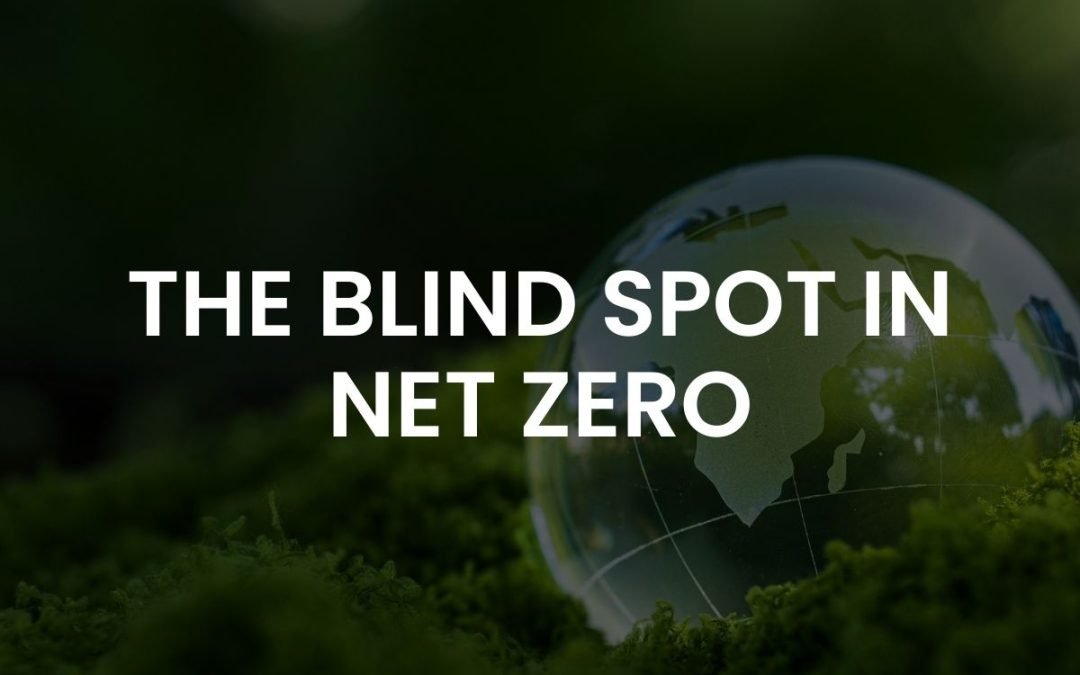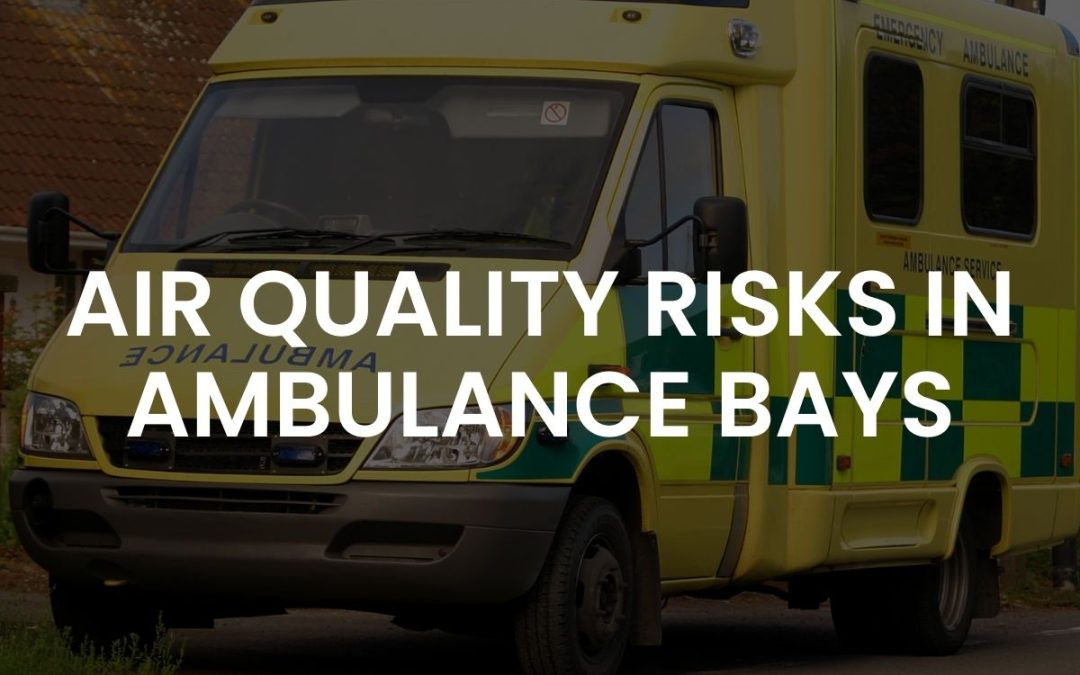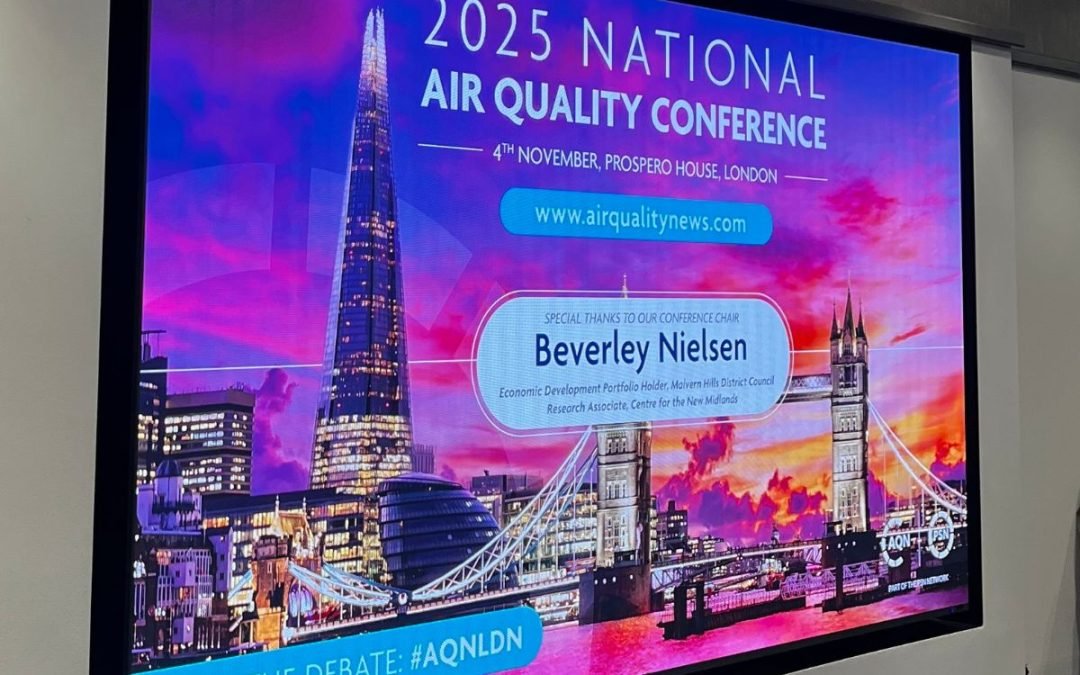Here’s something that might surprise you (or not), fake “good news” about air quality actually makes pollution worse. A study published in Nature Communications Earth & Environment has revealed how misleading air quality reports create a dangerous cycle that increases actual pollution levels.
The Fake News Pollution Cycle
The research uncovered a troubling pattern. When people receive overly optimistic air quality reports, they become 4.5 times more likely to decide to travel. More travel means more cars on the road. More cars mean higher pollution levels. Higher pollution levels should trigger accurate warnings, but if those warnings are downplayed or falsified, the cycle continues, and worsens.
Think of it like a thermostat that’s been tampered with. If your heating system thinks it’s colder than it actually is, it keeps pumping out more heat, making the room unbearably warm. Fake air quality reports work the same way, except instead of an overheated room, you get an over-polluted city.
Why This Matters for You
This research highlights a truth told time and time again: you cannot manage what you cannot accurately measure. Organisations monitoring air quality, whether at construction sites, hospitals, or industrial facilities, need robust, real-time data systems that provide authentic readings.
When monitoring systems fail to capture the full picture, or when data is manipulated to present a rosier view than reality, several problems emerge:
- False confidence: People make decisions based on incomplete information
- Delayed responses: Real pollution events go unaddressed until they become crises
- Systemic deterioration: Small individual choices compound into major environmental problems
- Trust erosion: When reality doesn’t match reports, public confidence in monitoring systems collapses
This isn’t about people being gullible. It’s about how humans process information. When we don’t have direct ways to measure air quality ourselves, and most people don’t, we rely on official sources. If those sources consistently downplay problems, we naturally adjust our behaviour accordingly.
The Solution: Authentic, Actionable Data
The answer isn’t to scare people with worst-case scenarios. It’s to provide accurate, real-time information that enables smart decisions. Modern air quality monitoring systems can identify not just pollution levels, but their sources – linking specific activities to specific environmental impacts.
When organisations invest in comprehensive monitoring systems, they gain the ability to respond to problems as they develop rather than after they’ve spiraled out of control. They can provide stakeholders, from employees to community members, with accurate information that supports good decision-making.
The research demonstrates that environmental stewardship begins with environmental truth-telling. When we get the data right, we create the foundation for decisions that actually improve air quality rather than just making us feel better about it





